How To Fix Camcorder Lcd Screen ?
To fix a camcorder LCD screen, you can try the following steps:
1. Check for any physical damage: Inspect the screen for cracks or visible damage. If there is any, it may require professional repair or replacement.
2. Reset the camcorder: Sometimes, a simple reset can resolve display issues. Look for a reset button or refer to the user manual for instructions on how to perform a reset.
3. Adjust the brightness settings: Ensure that the brightness settings are properly adjusted. It is possible that the screen is dim or completely black due to incorrect settings.
4. Clean the screen: Use a soft, lint-free cloth to gently clean the screen. Avoid using harsh chemicals or abrasive materials that could damage the LCD.
5. Update firmware: Check if there are any firmware updates available for your camcorder. Updating the firmware can sometimes fix software-related issues, including problems with the LCD screen.
If none of these steps resolve the issue, it is recommended to contact the manufacturer or a professional technician for further assistance or repair.
1、 Troubleshooting common issues with camcorder LCD screens
Troubleshooting common issues with camcorder LCD screens is essential for ensuring optimal performance and capturing high-quality videos. Here are some steps to fix common problems that you may encounter with your camcorder's LCD screen:
1. Check the power source: Ensure that your camcorder has sufficient battery power or is connected to a reliable power source. Sometimes, a low battery can cause the LCD screen to malfunction or not turn on at all.
2. Adjust the brightness settings: If the LCD screen appears dim or too bright, adjust the brightness settings. Most camcorders have a dedicated button or menu option for this purpose. Experiment with different brightness levels to find the optimal setting.
3. Clean the screen: Over time, dust, fingerprints, and smudges can accumulate on the LCD screen, affecting visibility. Gently wipe the screen with a microfiber cloth or a screen cleaning solution to remove any dirt or marks. Avoid using harsh chemicals or abrasive materials that could damage the screen.
4. Reset the camcorder: Sometimes, a simple reset can resolve minor software glitches. Refer to your camcorder's user manual to find the reset button or procedure. Resetting the device will restore the default settings and may fix any issues with the LCD screen.
5. Update firmware: Check if there are any firmware updates available for your camcorder. Manufacturers often release firmware updates to address bugs and improve overall performance. Follow the instructions provided by the manufacturer to update the firmware.
6. Seek professional help: If the above steps do not resolve the issue, it may be necessary to consult a professional technician or contact the manufacturer's customer support for further assistance. They can provide specific guidance based on your camcorder model and the nature of the problem.
It's important to note that technology is constantly evolving, and new troubleshooting methods may emerge. Therefore, it's advisable to consult the latest resources, such as online forums or the manufacturer's website, for the most up-to-date information on fixing camcorder LCD screen issues.

2、 Replacing a damaged camcorder LCD screen
Replacing a damaged camcorder LCD screen is the most effective way to fix the issue. The LCD screen is a crucial component of a camcorder as it allows users to view and frame their shots. If the screen is cracked, unresponsive, or displaying distorted images, it is necessary to replace it to restore the functionality of the camcorder.
To fix a camcorder LCD screen, follow these steps:
1. Identify the model: Determine the exact model of your camcorder to ensure you purchase the correct replacement LCD screen. Check the user manual or the manufacturer's website for this information.
2. Purchase a replacement screen: Look for authorized dealers or online retailers that sell genuine replacement LCD screens for your specific camcorder model. It is important to buy from reputable sources to ensure compatibility and quality.
3. Gather necessary tools: Before starting the replacement process, gather the required tools such as a small screwdriver set, tweezers, and a clean, soft cloth.
4. Disconnect the power source: Remove the battery or unplug the camcorder from the power source to prevent any electrical mishaps during the replacement process.
5. Remove the old LCD screen: Carefully disassemble the camcorder, following the manufacturer's instructions. Locate the LCD screen and disconnect any cables or connectors attached to it. Remove the screen from its housing.
6. Install the new LCD screen: Take the new LCD screen and place it into the housing, ensuring it is properly aligned. Reconnect any cables or connectors that were disconnected earlier.
7. Test the new screen: Reconnect the power source and turn on the camcorder to check if the new LCD screen is functioning correctly. Test various features and settings to ensure everything is working as expected.
8. Reassemble the camcorder: Once the new LCD screen is confirmed to be working, carefully reassemble the camcorder, following the reverse order of disassembly.
It is worth noting that if you are not confident in your ability to replace the LCD screen yourself, it is advisable to seek professional assistance from a certified technician. They have the expertise and experience to handle delicate electronic components and ensure a successful replacement.
In conclusion, replacing a damaged camcorder LCD screen is the most effective way to fix the issue. By following the steps mentioned above, users can restore the functionality of their camcorder and continue capturing high-quality videos.
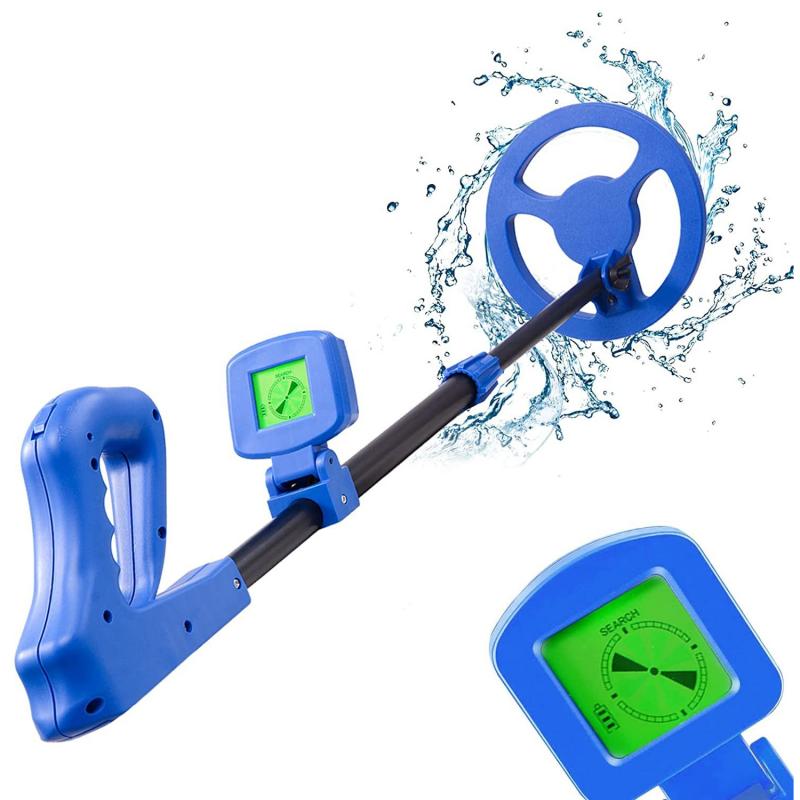
3、 Adjusting the brightness and contrast settings on the LCD screen
To fix a camcorder LCD screen, one of the first steps you can take is adjusting the brightness and contrast settings. This can help improve the visibility and clarity of the screen, making it easier to use and view your recordings.
To adjust the brightness and contrast settings on the LCD screen, you will need to access the menu options on your camcorder. The exact steps may vary depending on the make and model of your device, but generally, you can follow these instructions:
1. Turn on your camcorder and locate the menu button. It is usually represented by an icon that looks like a series of lines or dots.
2. Press the menu button to access the settings menu. Use the arrow keys or navigation buttons to navigate through the menu options.
3. Look for the display or screen settings. This may be listed under a general settings category or specifically labeled as "brightness" or "contrast."
4. Once you have found the display settings, select it and use the arrow keys or navigation buttons to adjust the brightness and contrast levels. Some camcorders may have separate sliders or numerical values to adjust each setting individually.
5. Make small adjustments and observe the changes on the LCD screen. Continue adjusting until you achieve the desired brightness and contrast levels.
It is important to note that the latest point of view regarding camcorder LCD screens is that newer models often come with automatic brightness adjustment features. These features use ambient light sensors to adjust the screen brightness based on the surrounding lighting conditions. This can help optimize the viewing experience and conserve battery life.
In addition to adjusting the brightness and contrast settings, you can also try cleaning the LCD screen with a soft, lint-free cloth to remove any smudges or fingerprints that may be affecting visibility. If the screen is physically damaged or not responding, it may require professional repair or replacement.
Overall, adjusting the brightness and contrast settings on the LCD screen is a simple and effective way to fix visibility issues on your camcorder.
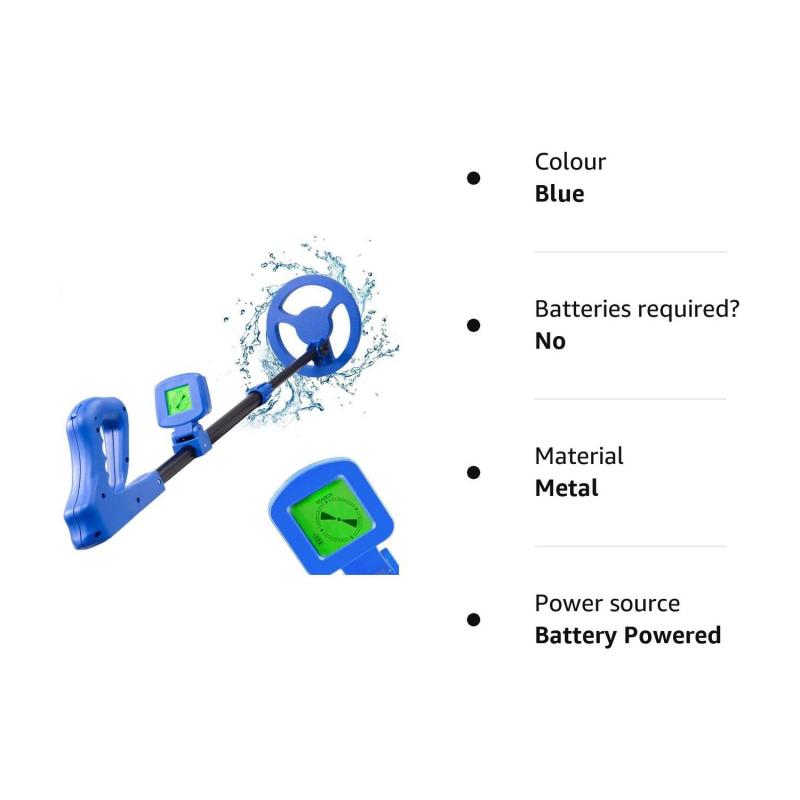
4、 Cleaning the camcorder LCD screen for optimal performance
Cleaning the camcorder LCD screen is essential for maintaining optimal performance and ensuring clear and vibrant video playback. Here's a step-by-step guide on how to fix a camcorder LCD screen:
1. Power off the camcorder: Before cleaning the LCD screen, make sure to turn off the camcorder and remove any power source, such as batteries or power cables.
2. Use a microfiber cloth: Gently wipe the LCD screen with a soft, lint-free microfiber cloth. This will remove any dust, fingerprints, or smudges that may have accumulated on the screen. Avoid using paper towels or rough materials, as they can scratch the surface.
3. Dampen the cloth (optional): If there are stubborn stains or marks on the screen, you can slightly dampen the microfiber cloth with distilled water or a screen-cleaning solution. Be careful not to use excessive moisture, as it can damage the screen or seep into the camcorder's internal components.
4. Avoid harsh chemicals: Avoid using harsh chemicals, such as ammonia-based cleaners or alcohol, as they can damage the LCD screen's protective coating. Stick to mild cleaning solutions specifically designed for electronic screens.
5. Clean the edges and corners: Pay attention to the edges and corners of the LCD screen, as dirt and debris tend to accumulate in these areas. Use a soft-bristled brush or a cotton swab dipped in cleaning solution to gently clean these hard-to-reach spots.
6. Dry the screen: After cleaning, allow the LCD screen to air dry completely before turning on the camcorder or reattaching any power source. This will prevent any moisture from causing damage.
Remember to follow the manufacturer's instructions for cleaning your specific camcorder model, as some may have additional guidelines or precautions. Regularly cleaning the camcorder LCD screen will not only enhance the viewing experience but also prolong the lifespan of your device.
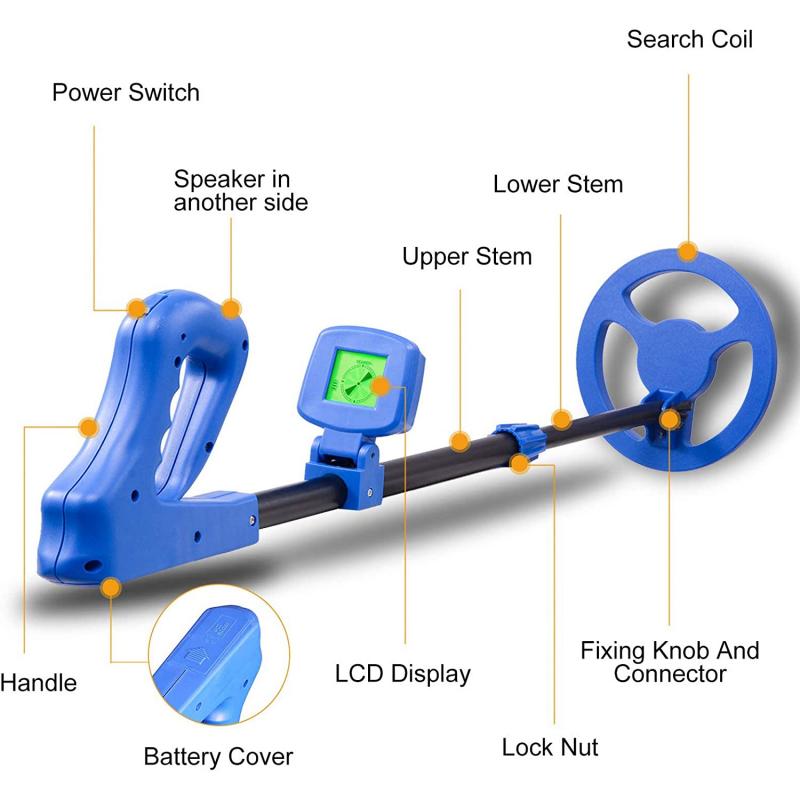














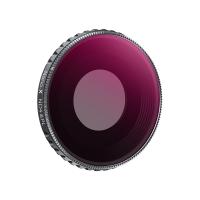
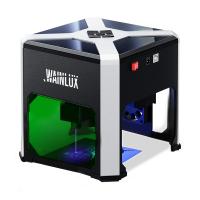
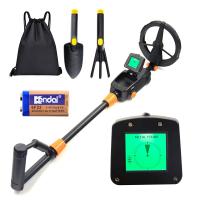
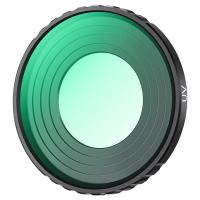


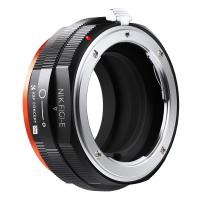
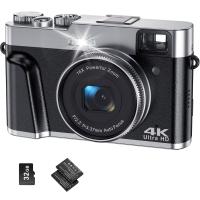

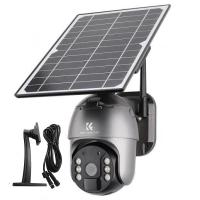
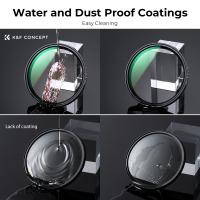
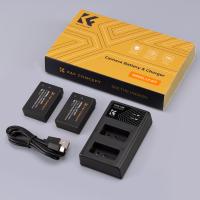
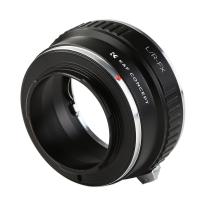

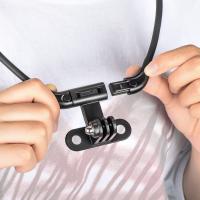


There are no comments for this blog.